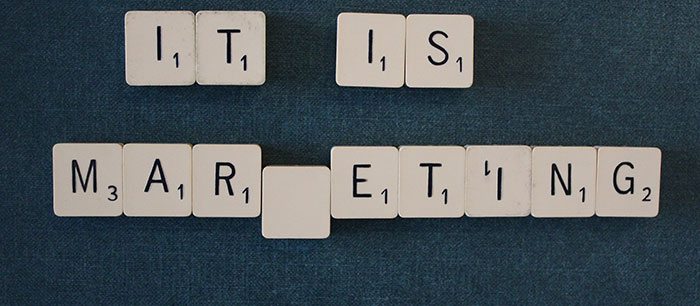
Marketing
What Are Paid, Owned, and Earned Media?
What Are Paid, Owned, and Earned Media?
2016-03-25

Marketing
What Are Paid, Owned, and Earned Media?
2016-03-25

Marketing
What Are Paid, Owned, and Earned Media?
2016-03-25
Table of Contents
Auto Generated TOC
Auto Generated TOC
Auto Generated TOC
Auto Generated TOC
In the digital marketing world, the terms paid media, owned media, and earned media have been becoming increasingly popular. Do you know the differences between paid, owned, and earned media are? Or, do you perhaps not know what any of the terms mean?
In this post, we are going to share what paid, owned, and earned media are, and what the difference between each of those things are.
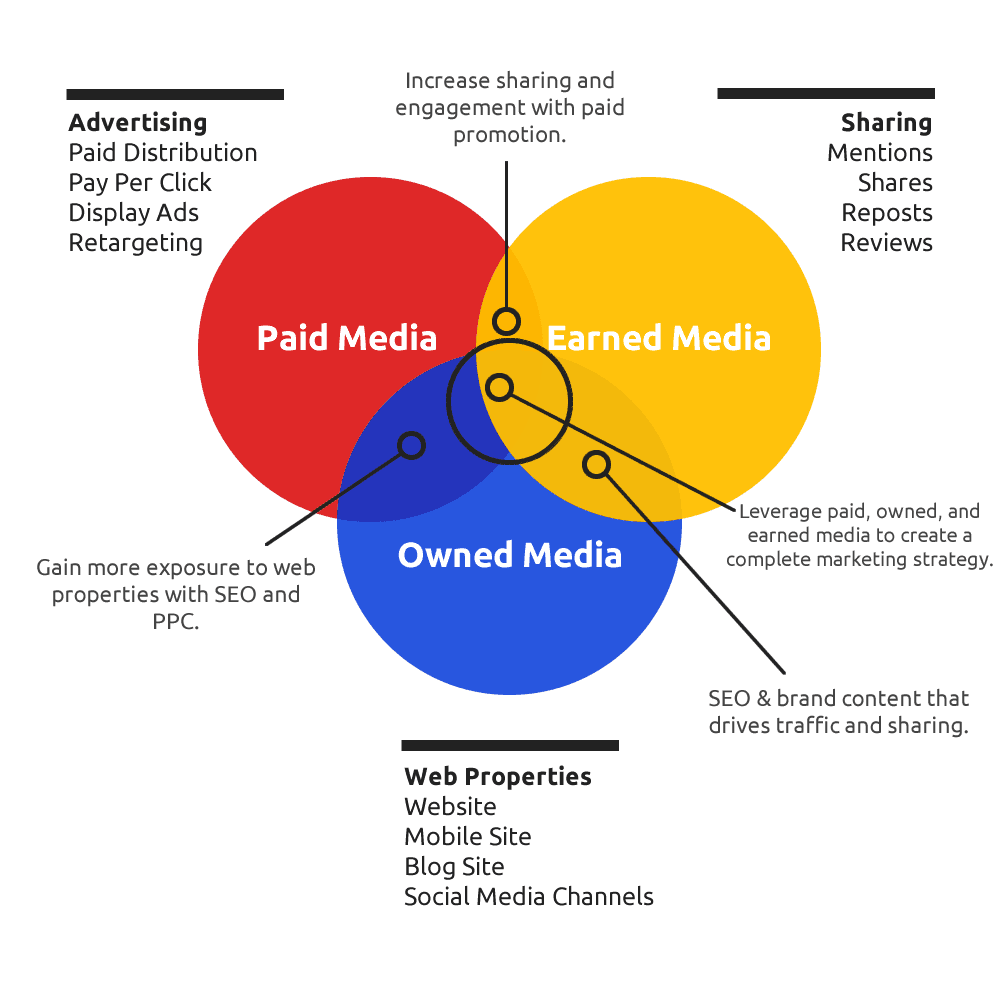
Using the image that we created above, you can see that paid, owned, and earned media all have their own jobs, but all feed into the formation of a comprehensive and effective marketing strategy.
While the illustration makes it easy to see how each of the three media types feed into the entire marketing strategy, we should review each media type to get a complete grasp on the concepts.
Below are the definitions of paid, owned, and earned media:
Paid Media
You can probably guess what paid media is. Paid media means that you are paying to drive traffic to your content. A brand typically decides to utilize paid media when it wants to kick off exposure of content. The most common way to launch a paid media campaign is to use an advertising platform like Facebook, Twitter, or LinkedIn. These three platforms make it incredibly easy to boost your content to a very targeted audience.
In addition to using Facebook, Twitter, and LinkedIn advertising platforms, retargeting, and pay per click are also popular paid media options.
With retargeting, you can serve ads to people who have recently been on your website. An example of this is if you were visiting a shoe website and then left without making a purchase on the website. You may notice that there are ads following you around the Internet for days after you were on the site that show you the shoes that you were looking at, trying to remind you to make the purchase. That is a retargeting ad campaign.
A pay per click campaign means that you are buying ads, most commonly on search engines, that promote your website. These ads can be very effective because they capture the attention of your target audience while they are in the midst of searching for what you offer (or something very similar to what you offer).
Owned Media
Owned media refers to any web property that you fully control. The most common example of owned media (besides the primary website) is a blog or the social media channels that a brand operates. Both of these owned media examples are simply extensions of your website and help further establish your brand as being reputable. The more owned media that your company has, the more chances you have of growing your brand using digital resources.
Earned Media
Earned media can be thought of as online word of mouth. This means that reviews, mentions, shares, reposts, retweets, and anything that can be thought of as being part of the viral cycle.
One of the most powerful ways to increase your earned media results is to increase your search engine ranking. When you are able to hit the first page of a Google search, your traffic will begin to increase. When your traffic increases, engagement with your website and brand will naturally increase.
It is easy to see why a great SEO strategy is important for improving earned media results. You’ll have improved results with your SEO campaign when you create brand content that is both interesting and informative. Brand content also doesn’t just mean creating a blog; it means creating press releases, videos, infographics, ebooks, and more. If your content is bad, you won’t be able to harness the valuable power of earned media.
Primary Takeaways
Each of these media-types is very important for growing and establishing a brand. They are all vital for forming a marketing strategy that works and helps drive impressive results.
Paid media helps grow the results of earned media since it drives traffic to the properties that you won.
Owned media makes it easier to have your brand be discovered. The more owned media you have, the better (as long as you actually remember to update and maintain them all!).
Earned media is all about word of mouth. It revolves around the notion that when people talk about your content, your web traffic will grow.
In the digital marketing world, the terms paid media, owned media, and earned media have been becoming increasingly popular. Do you know the differences between paid, owned, and earned media are? Or, do you perhaps not know what any of the terms mean?
In this post, we are going to share what paid, owned, and earned media are, and what the difference between each of those things are.

Using the image that we created above, you can see that paid, owned, and earned media all have their own jobs, but all feed into the formation of a comprehensive and effective marketing strategy.
While the illustration makes it easy to see how each of the three media types feed into the entire marketing strategy, we should review each media type to get a complete grasp on the concepts.
Below are the definitions of paid, owned, and earned media:
Paid Media
You can probably guess what paid media is. Paid media means that you are paying to drive traffic to your content. A brand typically decides to utilize paid media when it wants to kick off exposure of content. The most common way to launch a paid media campaign is to use an advertising platform like Facebook, Twitter, or LinkedIn. These three platforms make it incredibly easy to boost your content to a very targeted audience.
In addition to using Facebook, Twitter, and LinkedIn advertising platforms, retargeting, and pay per click are also popular paid media options.
With retargeting, you can serve ads to people who have recently been on your website. An example of this is if you were visiting a shoe website and then left without making a purchase on the website. You may notice that there are ads following you around the Internet for days after you were on the site that show you the shoes that you were looking at, trying to remind you to make the purchase. That is a retargeting ad campaign.
A pay per click campaign means that you are buying ads, most commonly on search engines, that promote your website. These ads can be very effective because they capture the attention of your target audience while they are in the midst of searching for what you offer (or something very similar to what you offer).
Owned Media
Owned media refers to any web property that you fully control. The most common example of owned media (besides the primary website) is a blog or the social media channels that a brand operates. Both of these owned media examples are simply extensions of your website and help further establish your brand as being reputable. The more owned media that your company has, the more chances you have of growing your brand using digital resources.
Earned Media
Earned media can be thought of as online word of mouth. This means that reviews, mentions, shares, reposts, retweets, and anything that can be thought of as being part of the viral cycle.
One of the most powerful ways to increase your earned media results is to increase your search engine ranking. When you are able to hit the first page of a Google search, your traffic will begin to increase. When your traffic increases, engagement with your website and brand will naturally increase.
It is easy to see why a great SEO strategy is important for improving earned media results. You’ll have improved results with your SEO campaign when you create brand content that is both interesting and informative. Brand content also doesn’t just mean creating a blog; it means creating press releases, videos, infographics, ebooks, and more. If your content is bad, you won’t be able to harness the valuable power of earned media.
Primary Takeaways
Each of these media-types is very important for growing and establishing a brand. They are all vital for forming a marketing strategy that works and helps drive impressive results.
Paid media helps grow the results of earned media since it drives traffic to the properties that you won.
Owned media makes it easier to have your brand be discovered. The more owned media you have, the better (as long as you actually remember to update and maintain them all!).
Earned media is all about word of mouth. It revolves around the notion that when people talk about your content, your web traffic will grow.
In the digital marketing world, the terms paid media, owned media, and earned media have been becoming increasingly popular. Do you know the differences between paid, owned, and earned media are? Or, do you perhaps not know what any of the terms mean?
In this post, we are going to share what paid, owned, and earned media are, and what the difference between each of those things are.

Using the image that we created above, you can see that paid, owned, and earned media all have their own jobs, but all feed into the formation of a comprehensive and effective marketing strategy.
While the illustration makes it easy to see how each of the three media types feed into the entire marketing strategy, we should review each media type to get a complete grasp on the concepts.
Below are the definitions of paid, owned, and earned media:
Paid Media
You can probably guess what paid media is. Paid media means that you are paying to drive traffic to your content. A brand typically decides to utilize paid media when it wants to kick off exposure of content. The most common way to launch a paid media campaign is to use an advertising platform like Facebook, Twitter, or LinkedIn. These three platforms make it incredibly easy to boost your content to a very targeted audience.
In addition to using Facebook, Twitter, and LinkedIn advertising platforms, retargeting, and pay per click are also popular paid media options.
With retargeting, you can serve ads to people who have recently been on your website. An example of this is if you were visiting a shoe website and then left without making a purchase on the website. You may notice that there are ads following you around the Internet for days after you were on the site that show you the shoes that you were looking at, trying to remind you to make the purchase. That is a retargeting ad campaign.
A pay per click campaign means that you are buying ads, most commonly on search engines, that promote your website. These ads can be very effective because they capture the attention of your target audience while they are in the midst of searching for what you offer (or something very similar to what you offer).
Owned Media
Owned media refers to any web property that you fully control. The most common example of owned media (besides the primary website) is a blog or the social media channels that a brand operates. Both of these owned media examples are simply extensions of your website and help further establish your brand as being reputable. The more owned media that your company has, the more chances you have of growing your brand using digital resources.
Earned Media
Earned media can be thought of as online word of mouth. This means that reviews, mentions, shares, reposts, retweets, and anything that can be thought of as being part of the viral cycle.
One of the most powerful ways to increase your earned media results is to increase your search engine ranking. When you are able to hit the first page of a Google search, your traffic will begin to increase. When your traffic increases, engagement with your website and brand will naturally increase.
It is easy to see why a great SEO strategy is important for improving earned media results. You’ll have improved results with your SEO campaign when you create brand content that is both interesting and informative. Brand content also doesn’t just mean creating a blog; it means creating press releases, videos, infographics, ebooks, and more. If your content is bad, you won’t be able to harness the valuable power of earned media.
Primary Takeaways
Each of these media-types is very important for growing and establishing a brand. They are all vital for forming a marketing strategy that works and helps drive impressive results.
Paid media helps grow the results of earned media since it drives traffic to the properties that you won.
Owned media makes it easier to have your brand be discovered. The more owned media you have, the better (as long as you actually remember to update and maintain them all!).
Earned media is all about word of mouth. It revolves around the notion that when people talk about your content, your web traffic will grow.
In the digital marketing world, the terms paid media, owned media, and earned media have been becoming increasingly popular. Do you know the differences between paid, owned, and earned media are? Or, do you perhaps not know what any of the terms mean?
In this post, we are going to share what paid, owned, and earned media are, and what the difference between each of those things are.

Using the image that we created above, you can see that paid, owned, and earned media all have their own jobs, but all feed into the formation of a comprehensive and effective marketing strategy.
While the illustration makes it easy to see how each of the three media types feed into the entire marketing strategy, we should review each media type to get a complete grasp on the concepts.
Below are the definitions of paid, owned, and earned media:
Paid Media
You can probably guess what paid media is. Paid media means that you are paying to drive traffic to your content. A brand typically decides to utilize paid media when it wants to kick off exposure of content. The most common way to launch a paid media campaign is to use an advertising platform like Facebook, Twitter, or LinkedIn. These three platforms make it incredibly easy to boost your content to a very targeted audience.
In addition to using Facebook, Twitter, and LinkedIn advertising platforms, retargeting, and pay per click are also popular paid media options.
With retargeting, you can serve ads to people who have recently been on your website. An example of this is if you were visiting a shoe website and then left without making a purchase on the website. You may notice that there are ads following you around the Internet for days after you were on the site that show you the shoes that you were looking at, trying to remind you to make the purchase. That is a retargeting ad campaign.
A pay per click campaign means that you are buying ads, most commonly on search engines, that promote your website. These ads can be very effective because they capture the attention of your target audience while they are in the midst of searching for what you offer (or something very similar to what you offer).
Owned Media
Owned media refers to any web property that you fully control. The most common example of owned media (besides the primary website) is a blog or the social media channels that a brand operates. Both of these owned media examples are simply extensions of your website and help further establish your brand as being reputable. The more owned media that your company has, the more chances you have of growing your brand using digital resources.
Earned Media
Earned media can be thought of as online word of mouth. This means that reviews, mentions, shares, reposts, retweets, and anything that can be thought of as being part of the viral cycle.
One of the most powerful ways to increase your earned media results is to increase your search engine ranking. When you are able to hit the first page of a Google search, your traffic will begin to increase. When your traffic increases, engagement with your website and brand will naturally increase.
It is easy to see why a great SEO strategy is important for improving earned media results. You’ll have improved results with your SEO campaign when you create brand content that is both interesting and informative. Brand content also doesn’t just mean creating a blog; it means creating press releases, videos, infographics, ebooks, and more. If your content is bad, you won’t be able to harness the valuable power of earned media.
Primary Takeaways
Each of these media-types is very important for growing and establishing a brand. They are all vital for forming a marketing strategy that works and helps drive impressive results.
Paid media helps grow the results of earned media since it drives traffic to the properties that you won.
Owned media makes it easier to have your brand be discovered. The more owned media you have, the better (as long as you actually remember to update and maintain them all!).
Earned media is all about word of mouth. It revolves around the notion that when people talk about your content, your web traffic will grow.
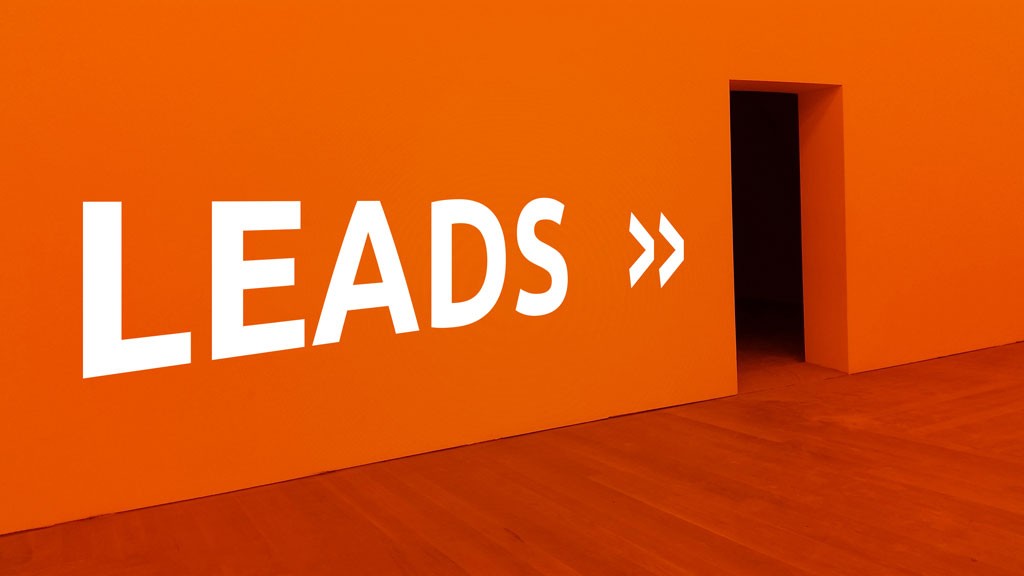
Generate More Qualified Leads with LeadBoxer
Create a (free) account or get a demo and find out how we can help you.

Generate More Qualified Leads with LeadBoxer
Create a (free) account or get a demo and find out how we can help you.

Generate More Qualified Leads with LeadBoxer
Create a (free) account or get a demo and find out how we can help you.

Generate More Qualified Leads with LeadBoxer
Create a (free) account or get a demo and find out how we can help you.
Get Started with LeadBoxer
LeadBoxer can help you quickly generate more leads
Get more insight into your online audience and their behaviour, and turn this data into actual opportunities.
Start Now!
Get Started with LeadBoxer
LeadBoxer can help you quickly generate more leads
Get more insight into your online audience and their behaviour, and turn this data into actual opportunities.
Start Now!
Get Started with LeadBoxer
LeadBoxer can help you quickly generate more leads
Get more insight into your online audience and their behaviour, and turn this data into actual opportunities.
Start Now!
Get Started with LeadBoxer
LeadBoxer can help you quickly generate more leads
Get more insight into your online audience and their behaviour, and turn this data into actual opportunities.
Start Now!
Other content in category
Marketing
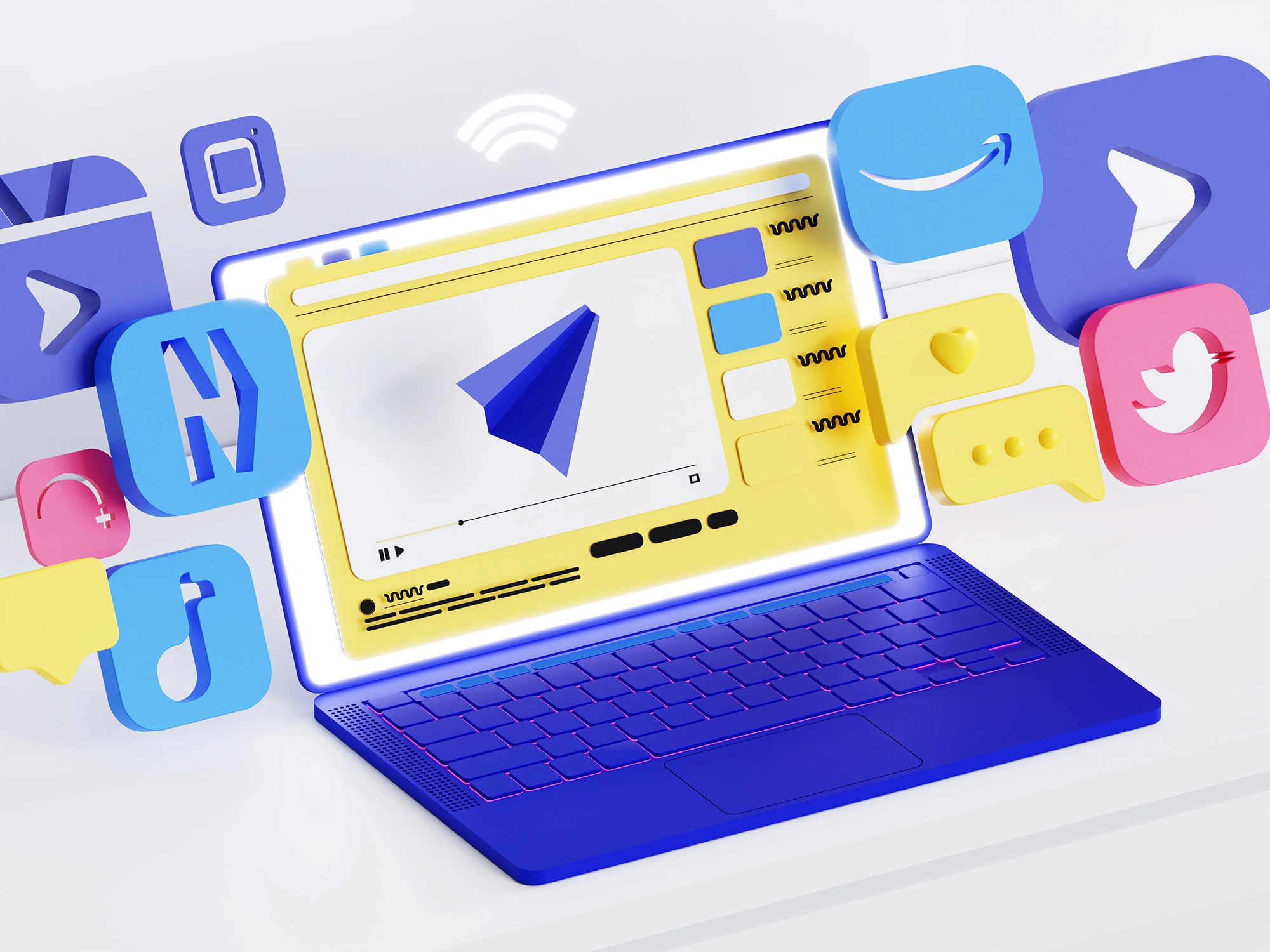


B2B Content Syndication: Why Experts Predict It Will Trend in 2025
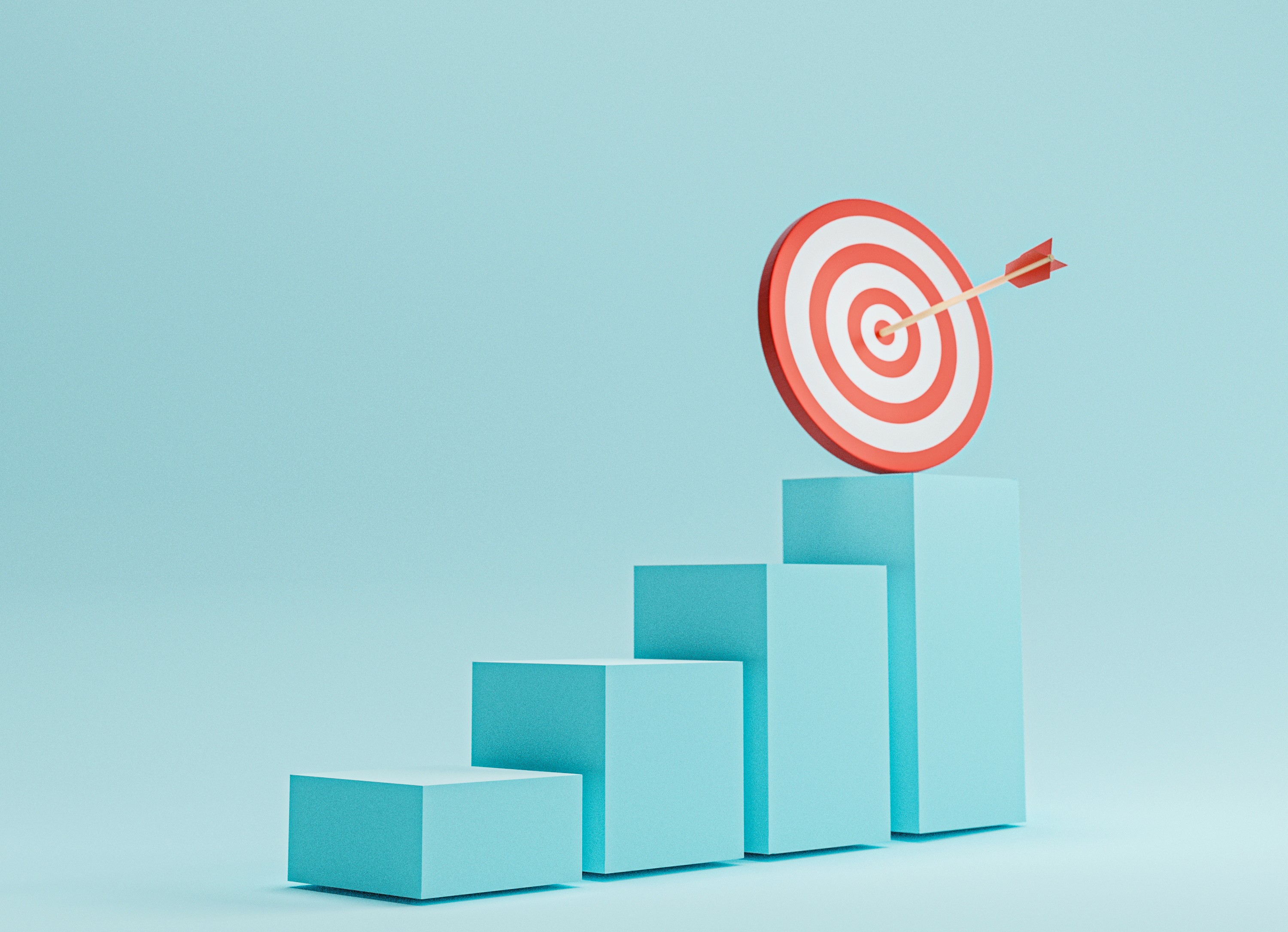


The Importance of Targeted Sales Enablement Content and Metrics
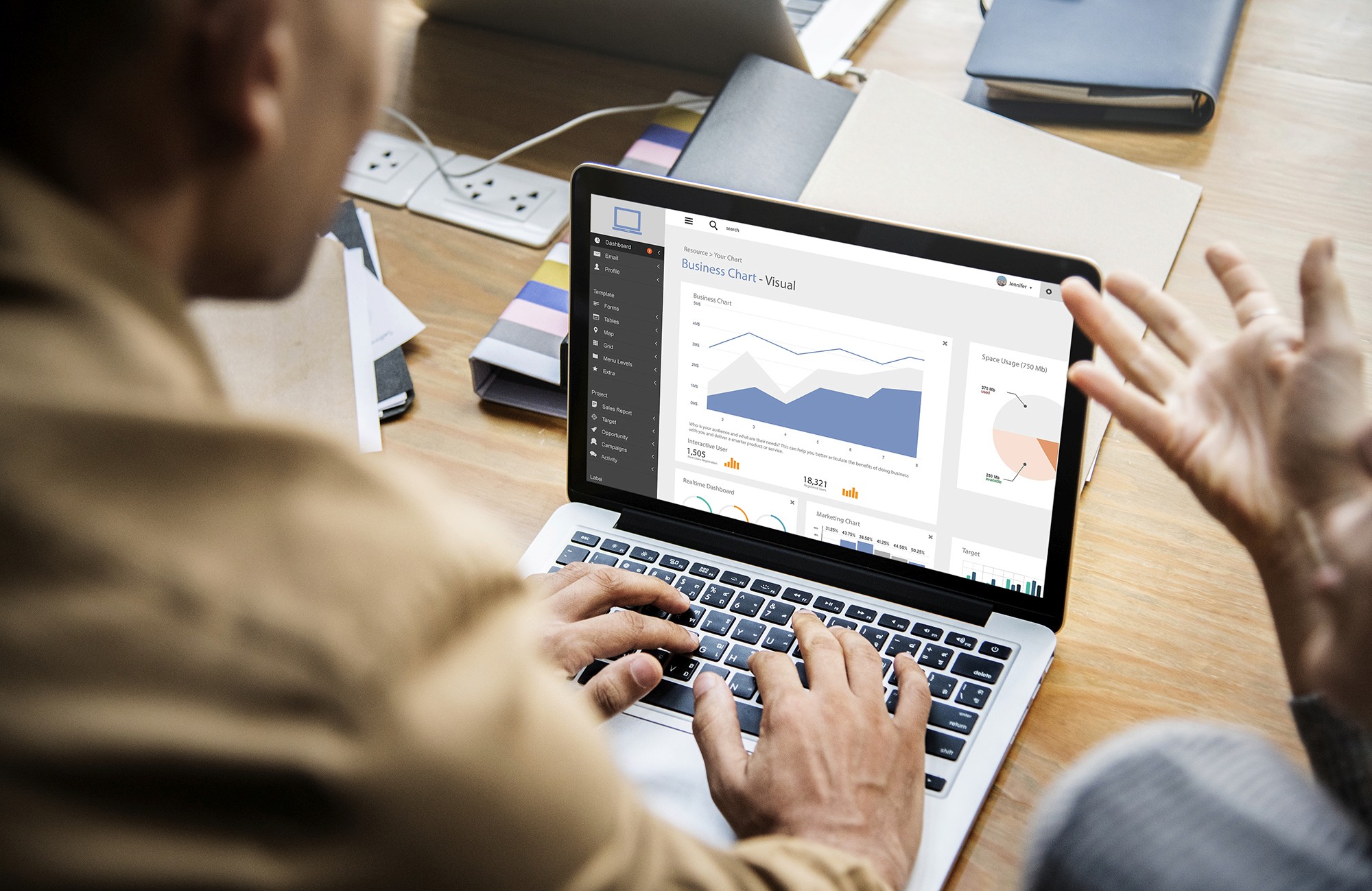


Prioritizing Conversion Rate Optimization
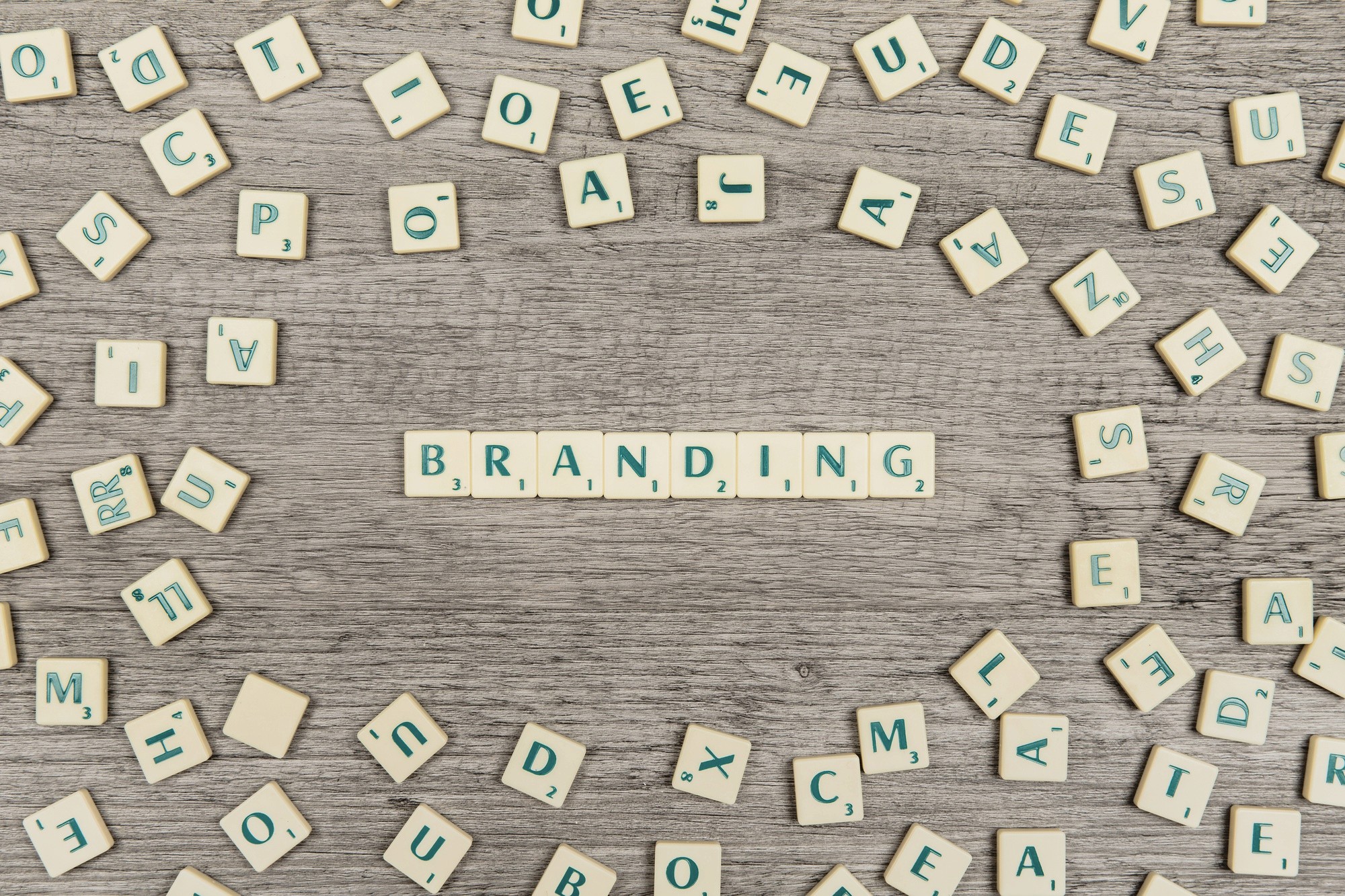


The Importance of Brand Positioning and Brand Value



Growth Hacking Versus Growth Marketing: The Pros and Cons

Supercharge your marketing results with LeadBoxer!
Analyze campaigns and traffic, segement by industry, drilldown on company size and filter by location. See your Top pages, top accounts, and many other metrics.
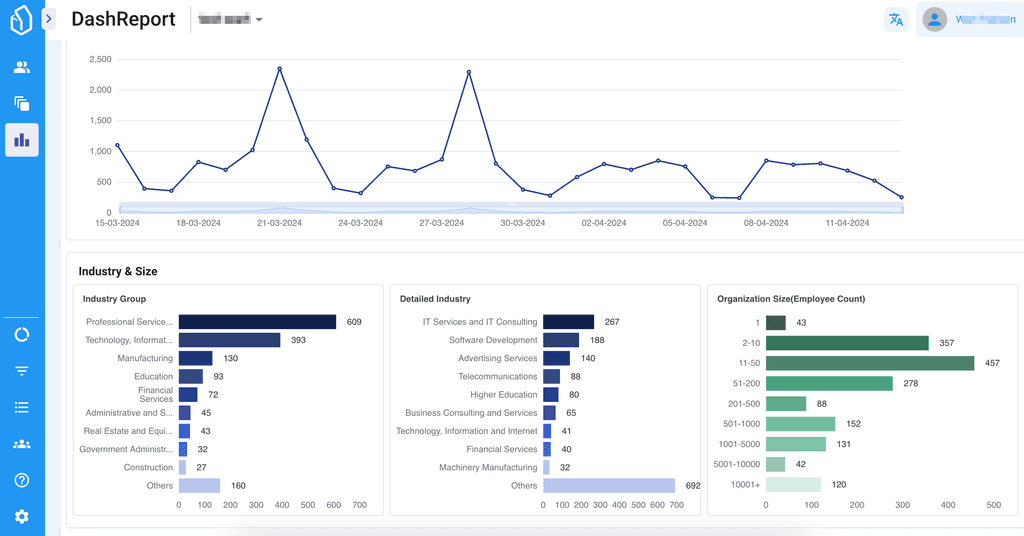

Supercharge your marketing results with LeadBoxer!
Analyze campaigns and traffic, segement by industry, drilldown on company size and filter by location. See your Top pages, top accounts, and many other metrics.


Supercharge your marketing results with LeadBoxer!
Analyze campaigns and traffic, segement by industry, drilldown on company size and filter by location. See your Top pages, top accounts, and many other metrics.


Supercharge your marketing results with LeadBoxer!
Analyze campaigns and traffic, segement by industry, drilldown on company size and filter by location. See your Top pages, top accounts, and many other metrics.


